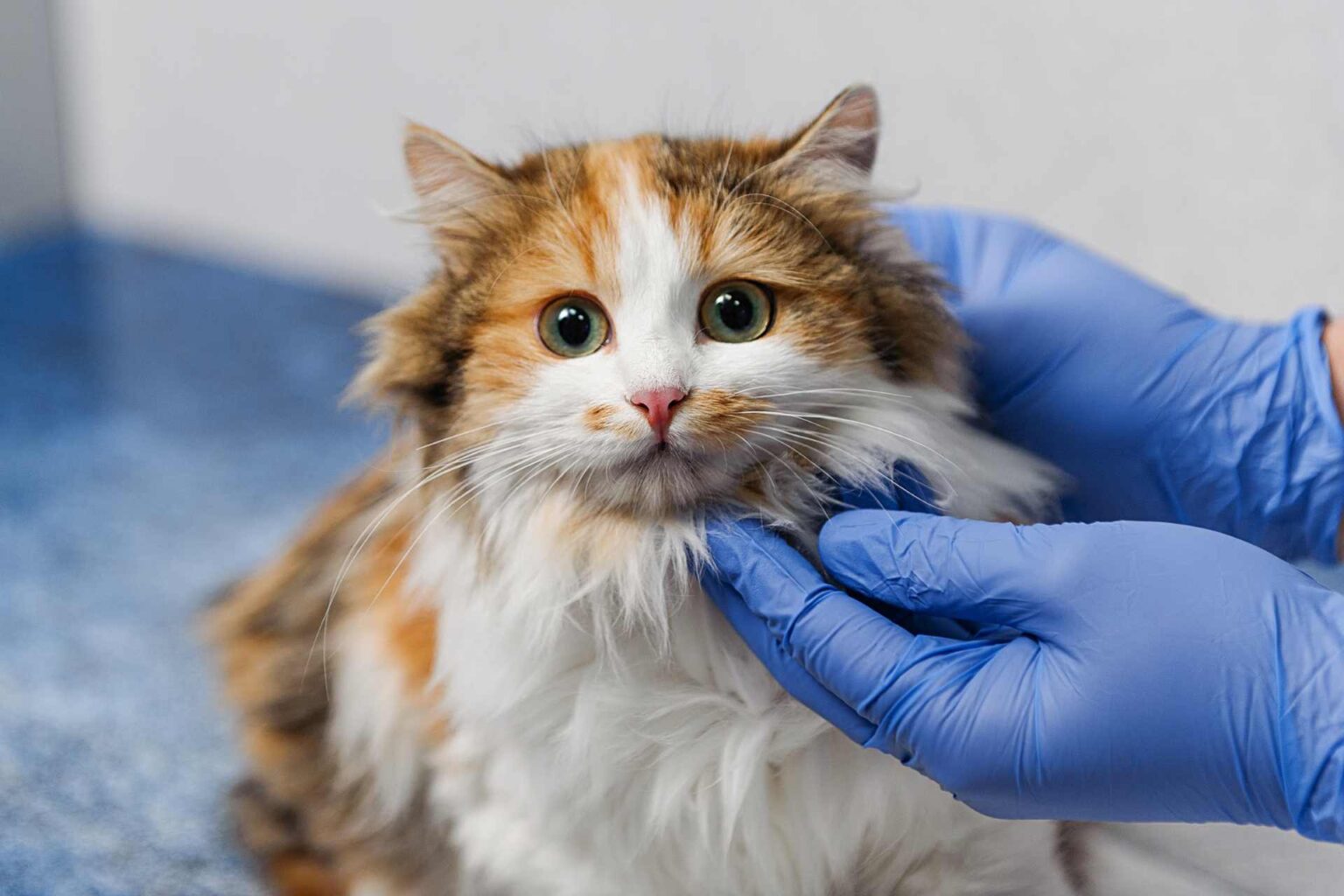Stress, understood as the body’s physiological response to environmental or psychological changes such as heat, exogenous or endogenous substances, can lead to an inflammatory response, gut dysbiosis, metabolic disorders as well as oxidative stress at the cellular level.
Tannic acid (TA) from gall nuts, a naturally occurring polyphenolic compound, holds great promise due to its antidiarrheal, antioxidant, anti-inflammatory, and antimicrobial activities.
A study published in Frontiers in Nutrition showed that gallnut TA may be a potential prebiotic in the prevention and treatment of stress-induced metabolic disorders due to its ability to modulate the gut microbiota.
How the study was conducted
The study aimed to evaluate the effects of gallnut TA on stress-induced inflammatory response, dysbiotic gut microbiota, and metabolic profile alterations in beagles.
Thirteen dogs were randomly divided into a group named “stress” (ST) -a placebo group and a ST+TA group in which dietary supplementation of the dogs’ diets was donewith TA at doses of 2.5 g/kg for 14 consecutive days.
On day 7, all dogs were transported for 3 hours from a stressful environment (days 1-7) to a non-stressful site (days 8-14).
Evidence supporting the use of TA as a prebiotic
The researchers showed that the administration of TA was able to:
- relieve diarrheal symptoms induced by environmental stress;
- protect animals from myocardial damage;
- help improve immunity.
Specifically, TA inhibited the secretion of hormones such as cortisol, glucocorticoids, and adrenocorticotropic hormone.
Finally, from the data highlighted in this study, TA would appear to be able to modulate the expression of heat shock protein (HSP) 70 useful in protecting dogs from stress-induced injury by counteracting oxidative stress and the inflammatory response. TA might be able to normalize or enhance antioxidant systems, including nonenzymatic systems such as GSH (glutathione) and the enzymatic systems SOD and GSH-Px (superoxide dismutase and glutathione peroxidase, respectively), after transport to the nonstress environment.
Stress and the gut microbiota
The gut microbiota serves as an important mediator for host health; studies on polyphenols have reported that these molecules are able to act as prebiotics to promote the balance of the gut microbiota.
The 16S rRNA gene sequencing data from fecal samples of the study presented here indicate that the TA stimulated the growth of certain bacterial strains, considered normal flora (Allobaculum, Dubosiella, Choriobacteriaceae_UCG-002 and Faecalibaculum) and repressed the growth of pathogens (Escherichia coli, Shigella spp. and Streptococcus spp.), thereby increasing fecal butyrate levels. Serum metabolomics also showed that phytosphingosine, indolacetic acid, arachidonic acid, and biotin could serve as potential biomarkers of stress exposure. Spearman’s correlation analysis showed a robust correlation between the four potential serum biomarkers and the presence of certain bacterial strains.
Conclusions
The authors, therefore, indicate that dietary supplementation with TA at 2.5 g/kg has the potential tointerfere with environmental stress symptoms in dogs and modulate the composition of the gut microbiota. Clearly, these correlations require further verification.
Reference
Yang K, Jian S, Wen C, et al. Gallnut Tannic Acid Exerts Anti-stress Effects on Stress-Induced Inflammatory Response, Dysbiotic Gut Microbiota, and Alterations of Serum Metabolic Profile in Beagle Dogs. Front Nutr. 2022;9:847966. Published 2022 Apr 27. doi:10.3389/fnut.2022.847966













